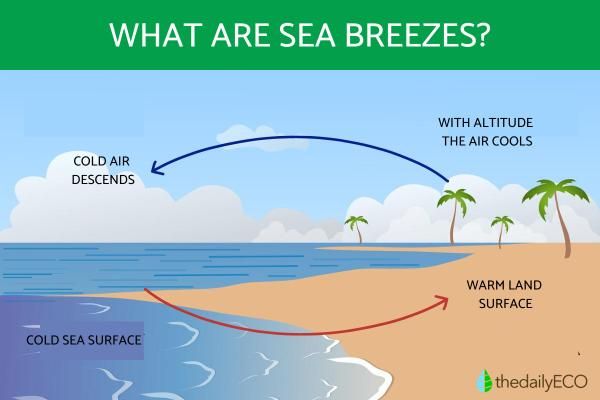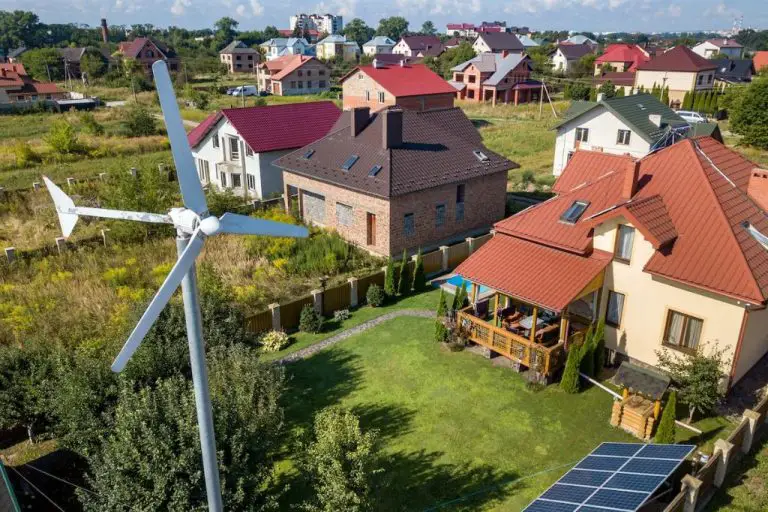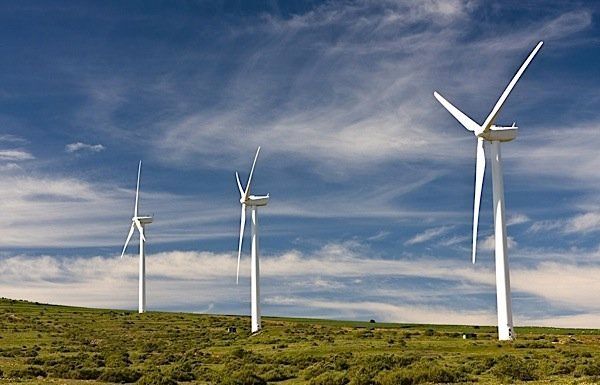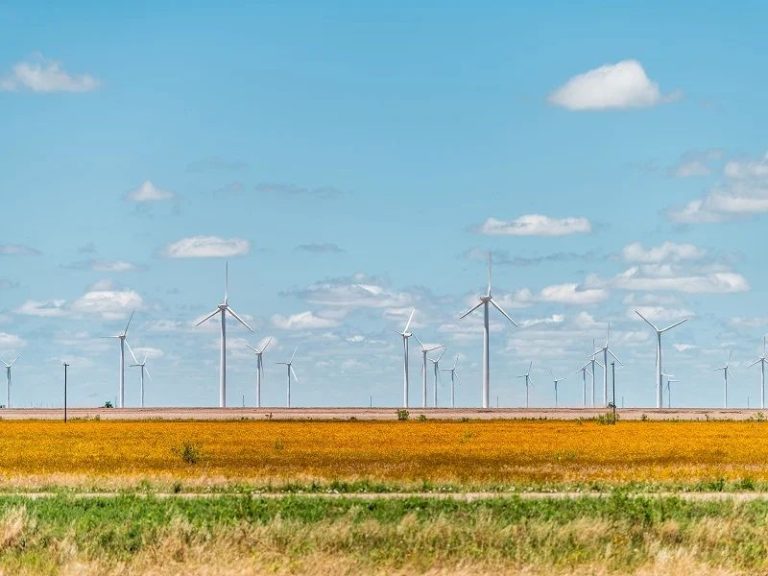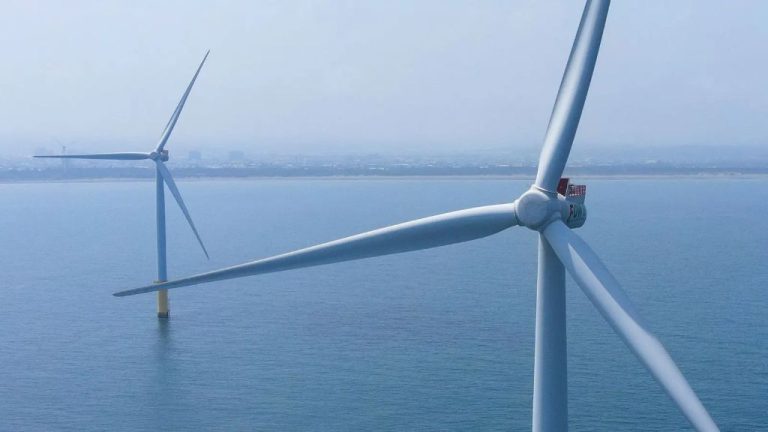What Are Wind Energy Areas?
What are offshore wind energy areas?
Offshore wind energy areas are locations off the coast of the United States that have been identified as optimal sites for commercial-scale offshore wind energy projects. These sites are formally designated through a process led by the Bureau of Ocean Energy Management (BOEM), which is a government agency under the U.S. Department of the Interior.
The process of designating a new offshore wind energy area begins with BOEM determining zones that appear ideal for offshore wind based on factors like strong and consistent winds, proximity to population centers and infrastructure. BOEM then refines the areas based on input from stakeholders like coastal state governments, tribal groups and the public. Environmental reviews and consultations are also conducted.
Once BOEM delineates an offshore wind energy area and completes the necessary reviews, the zone becomes formally established. This opens up opportunities for offshore wind developers to secure leases through competitive auctions and build projects to harness the site’s wind energy potential. Establishing these designated areas is important for facilitating the orderly development of offshore wind in the United States.
Why establish offshore wind energy areas?
Offshore wind energy areas are designated by the federal government to facilitate the development of offshore wind projects. There are several key benefits to establishing these areas:
First, offshore wind energy areas allow us to tap into the immense wind resources available off the coasts of the United States. Winds tend to blow harder and more consistently offshore compared to on land. Focusing development in designated areas allows us to maximize the utilization of this powerful clean energy resource.
Second, establishing offshore wind areas helps the country meet renewable energy and decarbonization goals. Developing large-scale offshore wind projects contributes meaningfully to targets like generating 30% of U.S. electricity from renewable sources by 2030 and achieving net-zero emissions by 2050. Designated offshore wind areas provide a pathway for major capacity growth.
Third, offshore wind projects create significant economic opportunities, including investments and job creation. For example, developing 30 gigawatts of offshore wind by 2030 could support up to 80,000 jobs over the next decade. Focusing projects in designated energy areas streamlines permitting and helps drive activity that generates these benefits.
In summary, offshore wind energy areas facilitate developing this abundant carbon-free resource, achieving renewable energy and climate goals, and stimulating economic growth through new investments and jobs.
Who designates offshore wind energy areas?
The United States Department of the Interior’s Bureau of Ocean Energy Management (BOEM) designates offshore wind energy areas in the Outer Continental Shelf (OCS). The OCS is the federal waters of the United States that begin 3 nautical miles offshore and extend to at least 200 nautical miles from the coastline. These offshore areas fall under federal jurisdiction rather than state jurisdiction.
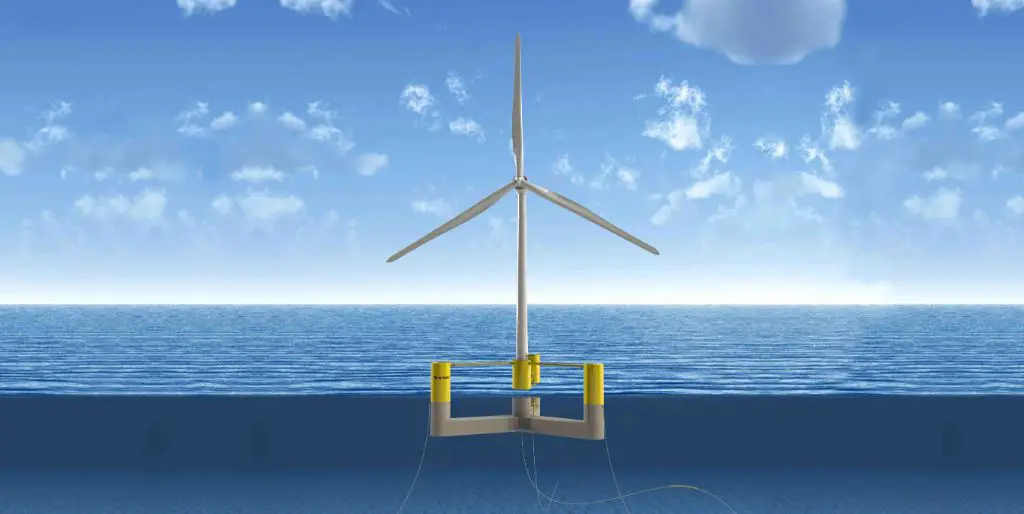
As a bureau within the Department of the Interior, BOEM has sole authority over the development of offshore renewable energy, including offshore wind, on the OCS. BOEM leads the process of identifying suitable areas for offshore wind farms, issuing leases, and overseeing offshore renewable energy development in a coordinated and responsible manner. Any company seeking to develop an offshore wind farm in federal waters must obtain a lease from BOEM before installation.
Where are offshore wind energy areas located?
Offshore wind energy areas in the United States are located along the coasts of major bodies of water such as the Atlantic Ocean, Pacific Ocean, Gulf of Mexico, and Great Lakes. The majority of designated wind energy areas so far have been situated along the Atlantic coast, which offers favorable wind conditions and proximity to major coastal cities with high energy demands.
Some of the key offshore wind energy areas along the U.S. Atlantic coast include:
- Massachusetts – Two lease areas off of Martha’s Vineyard and Nantucket Island
- Rhode Island/Massachusetts – Two lease areas off the coasts of Rhode Island and Massachusetts
- New York – Two lease areas off the south shore of Long Island
- New Jersey – Two lease areas off the coast of New Jersey
- Delaware – One lease area off the coast of Delaware
- Maryland – Two lease areas off the coast of Maryland
- North Carolina – One lease area off the Outer Banks
- South Carolina – Two lease areas off the coast of South Carolina
- Florida – One lease area off the east coast of Florida
Offshore wind development has begun along the Pacific coast as well, especially off the shore of California. Areas well-suited for offshore wind are also present in the Great Lakes, with emerging plans for projects in lakes Erie and Michigan.
What is the process for designating a new wind energy area?
The process for designating a new offshore wind energy area involves several key steps:
Area Identification – The Bureau of Ocean Energy Management (BOEM) identifies potential areas for offshore wind energy development through a collaborative process with stakeholders. This involves analyzing data on wind resources, ocean conditions, shipping lanes, fisheries, and other uses to find promising locations.
Public Input – Once potential offshore wind energy areas are identified, BOEM seeks public comments and holds meetings to gather feedback. Input from the fishing industry, local communities, tribes, and other stakeholders helps inform the process.
Environmental Review – BOEM conducts an environmental assessment or environmental impact statement to analyze the impact of offshore wind development in the proposed area. This review examines wildlife, habitat, air and water quality, and more.
Lease Sales – After the environmental review is complete, BOEM may move forward with a competitive lease sale for offshore wind development rights in the designated wind energy area. Wind energy developers bid for leases giving them the rights to build projects in specific parcels.
How are offshore wind energy leases issued?
Offshore wind energy leases are issued through a competitive bidding process known as a lease sale. The lease sales are conducted by the Bureau of Ocean Energy Management (BOEM) using an auction format. There are several key aspects to how these lease sales work:
Competitive Lease Sales
The process begins when BOEM identifies offshore areas that appear most suitable for wind energy development. BOEM then publishes a Proposed Sale Notice in the Federal Register, which kicks off a 60-day public comment period. After reviewing the comments, BOEM publishes a Final Sale Notice announcing the date of the lease sale. This initiates another comment period before the Final Sale Notice is published. Multiple lease areas may be auctioned off in a single lease sale.
Auction Format
The lease sales take place online and are conducted using a multiple-factor auction format. Bidders compete based on multiple criteria, not just the cash amount bid. BOEM evaluates the bids using factors like technical and financial qualifications of the bidder, as well as the bidder’s proposed plans for the lease area. This helps ensure the leases go to the most serious and capable developers.
Requirements for Bidders
To participate in the lease sales, bidders must meet certain legal, technical and financial qualification requirements. For example, bidders must be registered with the BOEM Online Renewable Energy Program and be recognized legal entities like companies or partnerships. They must demonstrate technical capability to develop the lease area and have the financial resources to carry out proposed plans. The bidding requirements help attract serious wind power developers.
What happens after an offshore wind energy lease is issued?
After an offshore wind energy lease is issued by BOEM, the lessee has the exclusive right to assess, determine the technical feasibility, and develop wind energy resources in the leased area. However, several key steps must occur before any actual construction of a wind project can begin.
The initial critical task is for the lessee to conduct detailed offshore site characterization studies and surveys to gain a comprehensive understanding of the ocean conditions, seabed, archeological resources, and potential impacts in the project area. These include geological, geotechnical, hazards, archaeological, and biological surveys. The lessee analyzes the data collected to determine the optimal placement of wind turbines within the leased area.
The next major milestone is for the lessee to submit a Construction and Operations Plan (COP) to BOEM for review and approval. This plan provides specific details about the construction, operations, and eventual decommissioning of the proposed offshore wind energy project. Key components include the project layout, schedule, installation methods, number and size of turbines, foundations, electrical infrastructure, operations procedures, and more. The COP must demonstrate that the project will be built safely, protect the environment, and conserve natural resources.
While BOEM conducts their thorough environmental and technical review of the COP, the lessee also begins seeking financing for the multi-billion dollar capital expenditures required for the wind project. This involves complex negotiations with banks, private equity firms, corporations, and other investors. Federal tax credits and other incentives are also critical for supporting offshore wind project financing.
What environmental considerations are made?
When designating offshore wind energy areas and issuing leases, environmental considerations and potential impacts are thoroughly reviewed. Wind energy areas must be compatible with other ocean uses and environmental stewardship responsibilities.
Some key environmental considerations include:
- Wildlife impacts – A full assessment is done to understand potential effects on marine mammals, sea turtles, birds, bats, and other wildlife. Migration patterns, feeding habitats, and other behavioral impacts are studied.
- Fisheries – Potential disturbances to commercial and recreational fisheries are evaluated, including impacts to fish populations, spawning areas, and fishing grounds.
- Habitat – Seafloor habitat disturbances from installation, underwater noise, electromagnetic fields, and other activities are reviewed. Sensitive habitats like corals are identified.
- Viewshed – Visual impacts of offshore wind turbines near the coastline are modeled to assess potential effects on aesthetics and tourism.
- Other ocean uses – Impacts on shipping lanes, military areas, underwater infrastructure, and more are considered.
- Water quality – Potential effects on water quality from anti-fouling paints, wastewater discharge, and spills are evaluated.
Environmental studies help identify mitigation strategies, like spatial avoidance of sensitive areas, reduced lighting, and seasonal construction restrictions. The goal is to enable offshore wind development while protecting the marine ecosystem.
What is the current state of offshore wind in the U.S.?
Offshore wind energy is still in the early stages of development in the United States, but capacity is expected to grow substantially in the coming decade. As of 2022, there are 8 offshore wind projects in various stages of development in the U.S., representing over 35,000 megawatts of planned capacity. However, only two small offshore wind farms are currently operating:
- The Block Island Wind Farm off the coast of Rhode Island began operating in 2016 with a capacity of 30 megawatts.
- The Coastal Virginia Offshore Wind project off the coast of Virginia began operating in 2022 with a capacity of 12 megawatts.
Beyond those two small projects, many larger offshore wind farms are in various phases of development along the East Coast, from Massachusetts down through North Carolina. According to projections, U.S. offshore wind capacity could grow to over 16,000 megawatts by 2026 and at least 30,000 megawatts by 2030. The Biden Administration has set a goal for the U.S. to reach 30,000 megawatts of offshore wind capacity by 2030 as part of its plan to address climate change and invest in clean energy. Reaching this capacity would generate enough electricity to power over 10 million homes.
While still a nascent industry in the U.S., offshore wind energy represents a significant opportunity for job creation and economic growth, especially along the Atlantic Coast. With supportive policies and sufficient infrastructure investments, offshore wind has the potential to play a major role in America’s energy mix and help accelerate the transition to renewable energy.
What is the future outlook for offshore wind energy areas?
The outlook for offshore wind energy areas in the United States is one of tremendous growth and expansion. This growth is driven by several key factors:
Firstly, many states have set ambitious renewable energy goals that aim to generate significant portions of their electricity from renewable sources like wind and solar. Offshore wind represents a massive untapped resource that can help meet these renewable targets. For example, some Atlantic coast states are aiming to develop over 25 gigawatts of offshore wind by 2035.
Secondly, offshore wind energy is becoming more economically viable. Costs have fallen dramatically in recent years making offshore wind competitive with traditional energy sources. As the offshore wind industry matures and supply chains develop, costs are projected to fall further. This makes investment in offshore wind attractive.
Thirdly, favorable policies at both the state and federal level are driving growth in offshore wind. Initiatives like the lease of new offshore wind areas, tax credits, renewable portfolio standards, and other policies are encouraging development. The Biden administration has set a national goal of deploying 30 gigawatts of offshore wind by 2030.
Overall, experts forecast significant expansion of offshore wind energy areas and capacity in the coming decades. This will spur billions in investment and create tens of thousands of new jobs. Offshore wind is positioned to become a major pillar in the nation’s renewable energy portfolio and make meaningful contributions to a clean energy economy.

